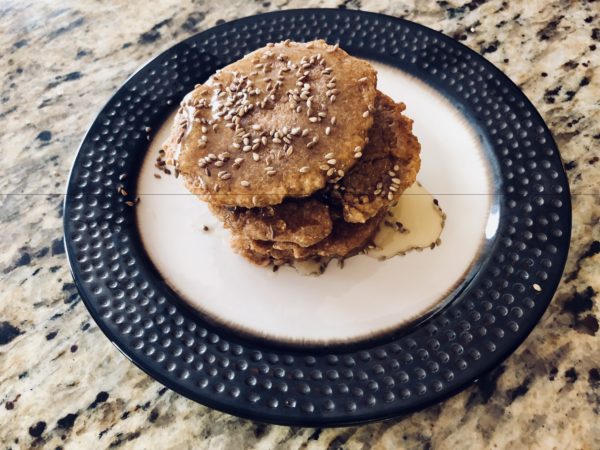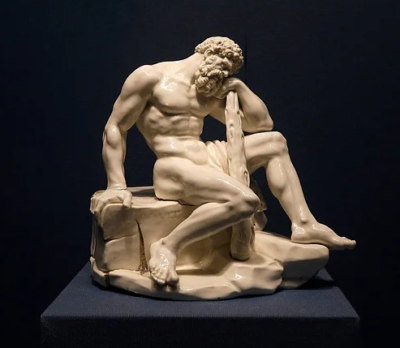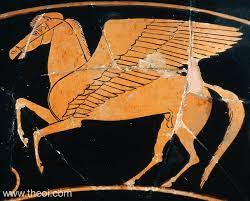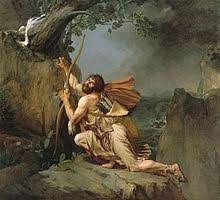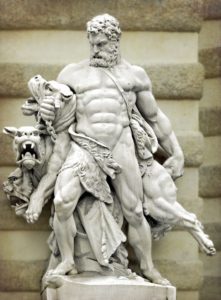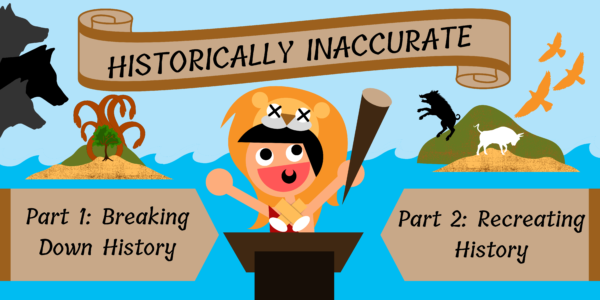
Hercules… champion, hero, and demigod. In the 1997 animated movie “Hercules,” Disney portrays him as one of the greatest heroes of Greek mythology, renowned for his feats of strength and ability to fight off legions of Hades’ monsters. However, in Ancient Greece, various poets and writers speak of the hero, Heracles, who was known for completing twelve ridiculously challenging labours, fathering several children, and becoming a god upon his death. But does Disney’s retelling of the myth accurately portray the son of Zeus, or is the film about as messy as an Augean stable? Let’s break it down!
Part I: Breaking Down History
Part II: Recreating History – Ancient Greek Teganitai [Serves 4 individuals]
Now that we broke down the history of Heracles, why not recreate some history! Teganitai is a type of cake found throughout Ancient Greece. Originally called a “girdle-cake” by Athenians, it is more akin to “griddle-cakes” or pancakes to us. As a sweetener, the Greeks used honey, a very common ingredient in various cake recipes and foods in the Mediterranean that was prized for its medicinal properties. Teganitai was likely served as street food in Athens and cooked on portable braziers. Here’s the recipe they may have likely used in ancient times:
Ingredients:
Directions:
- Mix flour, water, and 1 tbsp. honey in a bowl until it has a batter-like consistency.
- Heat 2 tbsp. olive oil in a pan over medium heat.
- Pour a quarter of the batter onto the pan and cook on both sides of the teganitai until golden brown.
- Cook the remaining batter in the same manner.
- Plate the teganitai and pour 1 tbsp. Honey on top of each one and sprinkle with the toasted sesame seeds.
- Enjoy!
Original Recipe: Cook a classical feast: nine recipes from ancient Greece and Rome
